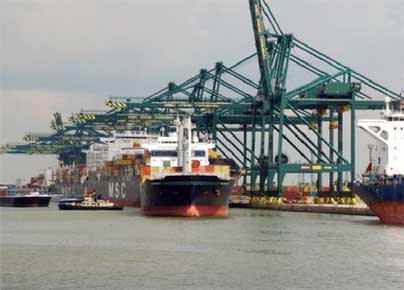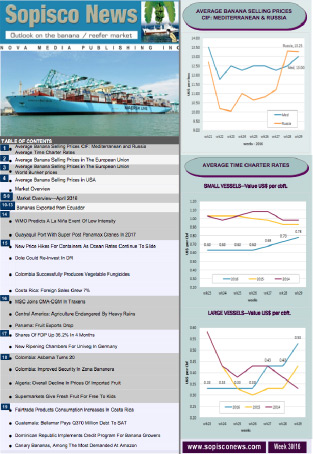Shippers Express Frustration as Spot Rates Increase with Demand
2024-05-03

The strengthening demand for Asia-European trades has taken carriers and forwarders off guard, leading to tighter space and an increased likelihood of shipments under long-term contracts being rolled over. Towards the end of the previous week, many customers began experiencing issues with their allocations, according to a European forwarder. The problem arises when contract rates fall significantly below spot rates during busy periods, causing carriers to prioritise the cargo that pays the most.
During the recent first-quarter earnings call, Maersk CEO Vincent Clerc suggested that European importers are now entering a period of restocking. Maersk reported a 9% growth in volumes in Europe during this period. Clerc attributed this growth to a restocking trend, as Europe was cautious last year due to fears of a potentially unfavourable macro environment.
Spot rates on Drewry's World Container Index's (WCI) Shanghai-Rotterdam leg increased 2% week-on-week to $3,103 per 40ft and 3% on Shanghai-Genoa to $3,7176 per 40ft. In reality, many shippers may already be paying more to avoid rollovers.
A UK-based forwarder described the current market situation as "chaotic." Spot rates are rapidly increasing due to stronger-than-expected demand and capacity being absorbed by Red Sea diversions. The second quarter is expected to remain elevated with peak season volumes kicking in, and it may cool down in the third quarter when new deliveries hit the market.
This week, the introduction of new FAK rates on the Asia-North Europe trades was also seen, with MSC implementing a new rate of $4,500 per 40ft high-cube to North European ports on May 1. Meanwhile, Maersk Line is also planning a significant rate increase in the trade, with its peak season surcharge (PSS) set to triple from the current $500 per 40ft to $1,500 from May 11.
One large European importer noted that the PSS is in addition to the trade disruption surcharge already levied by Maersk, which is meant to cover the costs of the diversion around the Cape of Good Hope. Given their rapid increase in a short period, the importer questioned the justification for these surcharges and expressed frustration over the lack of communication from carriers.
The tighter space appears to result from schedule "slidings" rather than blanked sailings. Sometimes, cargo gets rolled from the intended vessel to the next, but if you are booked on that next vessel, your cargo may be rolled as the carrier has to load cargo that was rolled the week before. Carriers are capitalising on the situation, and there have already been issues with restricting allocations on long-term contract deals—a carrier cut allocation by 80% in one week with little warning. The only way to secure more space is to use FAK or even premium guaranteed pricing options. While customers are not happy, there's currently little choice.
There may also be a psychological element to shippers' frustration. Customers who have been shipping on these rates have been unhappy, but this is more due to the lack of space available, carriers still blanking, and the expectation that rates would continue to decrease after Chinese New Year. Elsewhere, on the main east-west trades, spot rates remained essentially unchanged, with the WCI's Shanghai-Los Angeles leg down 1%, to $3,371 per 40ft, while Shanghai-New York was flat, at $4,382 per 40ft, and Rotterdam-New York also remained unchanged, at $2,210 per 40ft.









